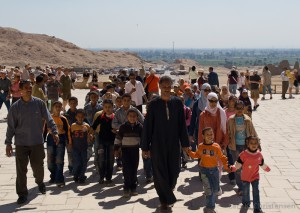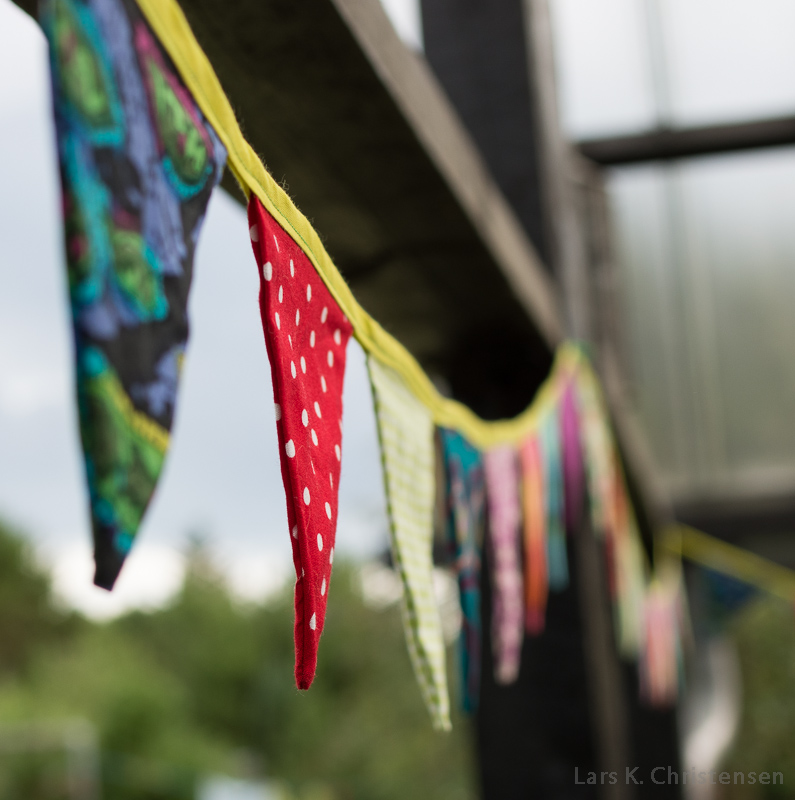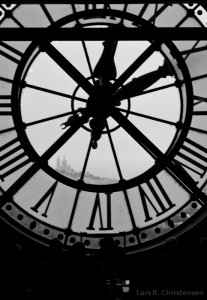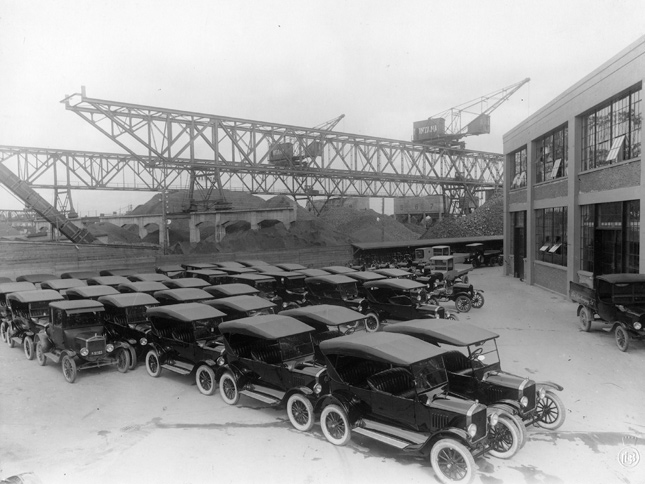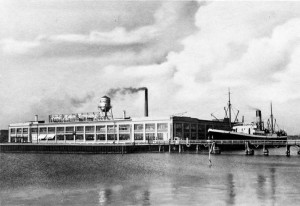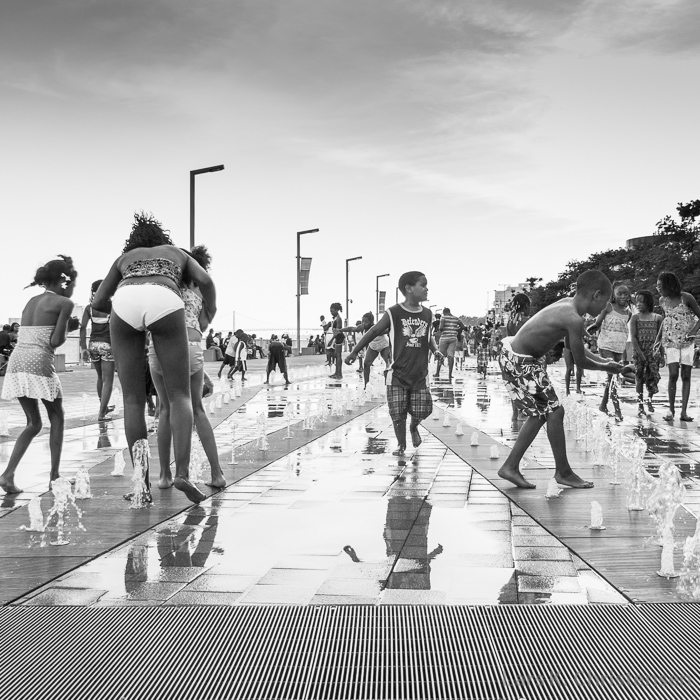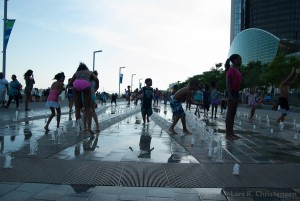A bunch of school kids in the Valley of Queens, Egypt. If all school kids at my museum came with that look on their face, I think I would be willing to work there for free….
Live working – the real story about the “underclass”
Okay, so now we are tired of Karina Pedersen (Danish author of a much discussed book about life in the “underclass”) and her liberal friends and their anti-social and anti-historical moralistic musings about the so called underclass. Regarding history: allow me to recommend Paul Masons book Live working or die fighting – how the working … Read more

